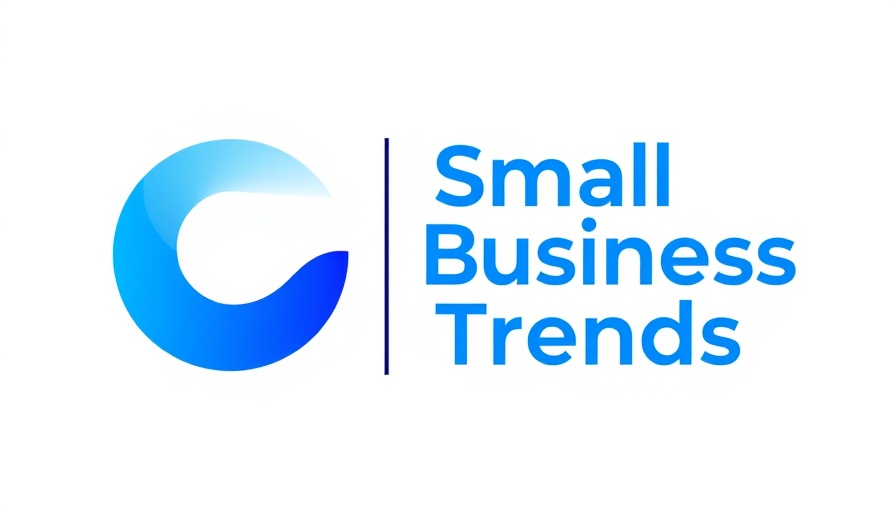
The Hidden Plague: Understanding Ageism in Today's Workforce
Ageism, a term that succinctly describes discrimination based on age, has become an increasingly pressing issue within workplaces across different industries. It doesn't simply affect older employees; in fact, it encompasses a wide range, affecting younger individuals as well. The effects of ageism can be profound, spilling into decreased job satisfaction, lower self-esteem, and increased turnover rates. Given the diverse nature of contemporary work environments, recognizing and combating ageism is fundamental to fostering a culture of inclusivity.
Historical Perspectives: A Long-standing Issue
Understanding ageism requires a historical lens. The roots of age-related discrimination can often be traced back to societal perceptions regarding capability and productivity. For many years, shifts in the labor market favoring younger workers led to older employees facing undue bias, presuming they lacked adaptability to new technologies or fresh methodologies. By acknowledging this historical context, organizations can begin reassessing their hiring practices, allowing for a more balanced approach that appreciates the benefits of age diversity.
Impact of Ageism on Employees: The Psychological Toll
Ageism's effects on mental wellness can be particularly damaging, especially for older workers who often feel marginalized. Research indicates that age-related stereotypes can lead to loneliness and a lack of belonging in the workplace. The sense of being undervalued or criticized for one's age can severely affect motivation and job performance. Transitioning from a culture that allows ageism to one that promotes respect for all ages can enhance workplace morale and efficiency.
Legal Landscape: Protections Against Age Discrimination
In the United States, the Age Discrimination in Employment Act (ADEA) serves as a fundamental legal framework that forbids discrimination against employees aged 40 and older. Organizations must comply with these regulations, not only to avoid legal implications but also to build a fair and equitable workplace. Ensuring that proper training and consistent policy enforcement is in place is essential for upholding these standards.
Effective Strategies for Combating Ageism
So, what can companies do to combat ageism and foster an inclusive environment? First, implementing inclusive human resource policies is crucial. Organizations should focus on diversity training that emphasizes the value of workplace inclusivity through age diversity. Moreover, offering employee development programs encourages staff from all age groups to grow and share their experiences. Engaging initiatives soon translate to knowledge sharing, resulting in cross-generational collaboration that can significantly boost team dynamics.
The Importance of Embracing Age Diversity
Employers today should recognize that promoting age diversity isn't simply a legal obligation; it holds substantial benefits for business performance. Acknowledging various perspectives fosters innovation, encourages collaboration, and ultimately enhances productivity. By embracing employees from different age groups, organizations strengthen their teams, enhance knowledge transfer, and drive engagement.
Share Your Voice: Discussing Action Plans in the Workplace
To effectively mitigate ageism, employees at all levels must be part of the conversation. Incorporating feedback mechanisms can inform leadership of existing biases and stimulate discussions about creating a more robust inclusive culture. Regularly assessing the organization's standing on age inclusion can pinpoint areas of improvement, thus enriching the workplace environment for everyone.
Concluding Thoughts: Taking Action to Combat Ageism
Understanding and addressing ageism within the workplace is not an option—it's a necessity for fostering an inclusive organizational culture. As both employees and employers move forward, reclaiming the conversation around age can lead to remarkable transformations in workforce dynamics. Together, we can forge a path where age is no longer a barrier to success or advancement.
 Add Row
Add Row  Add
Add 



Write A Comment